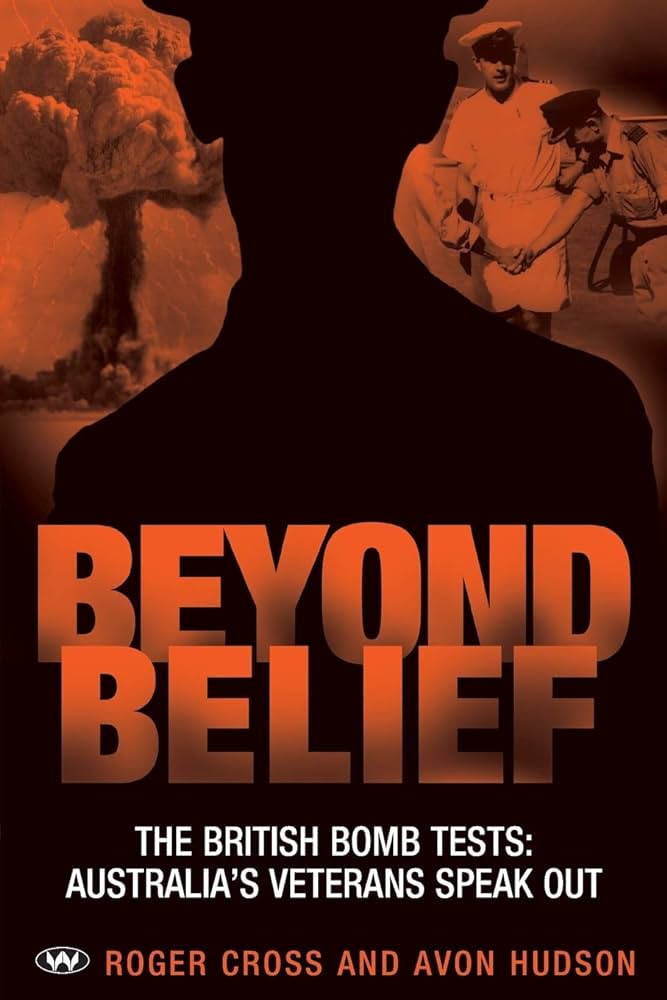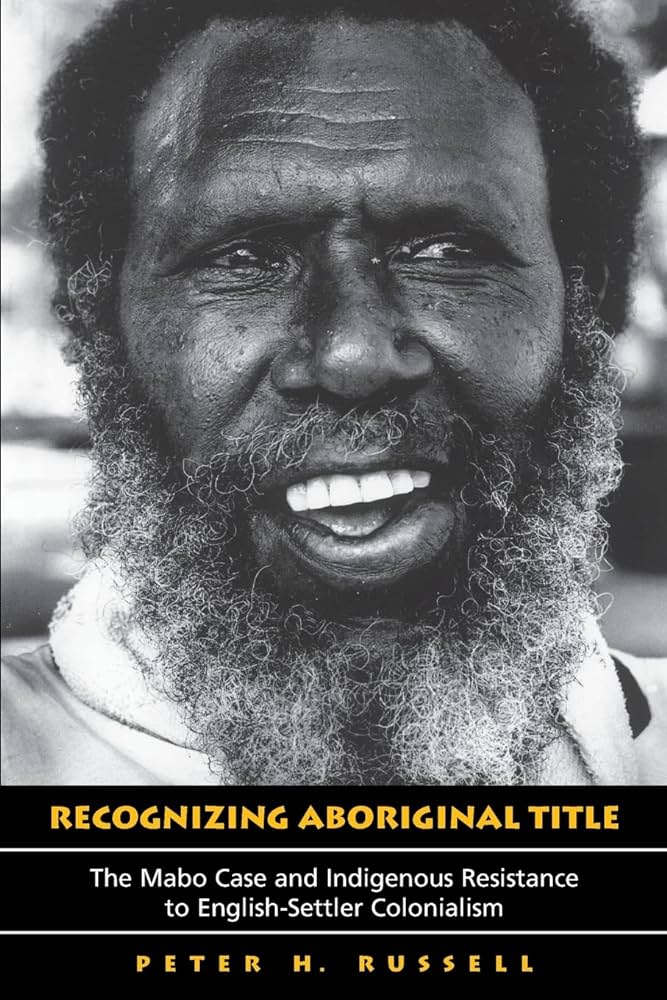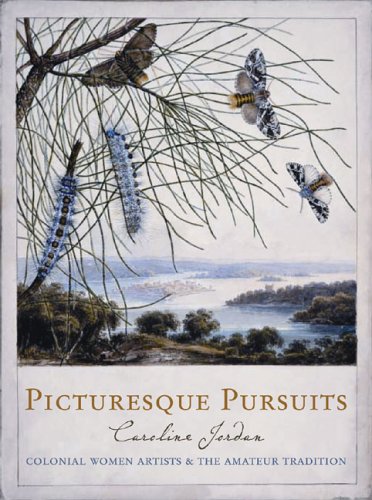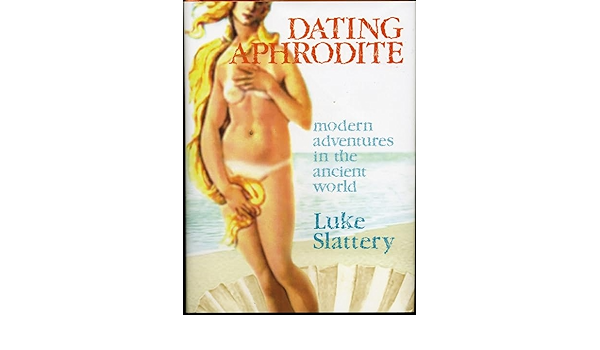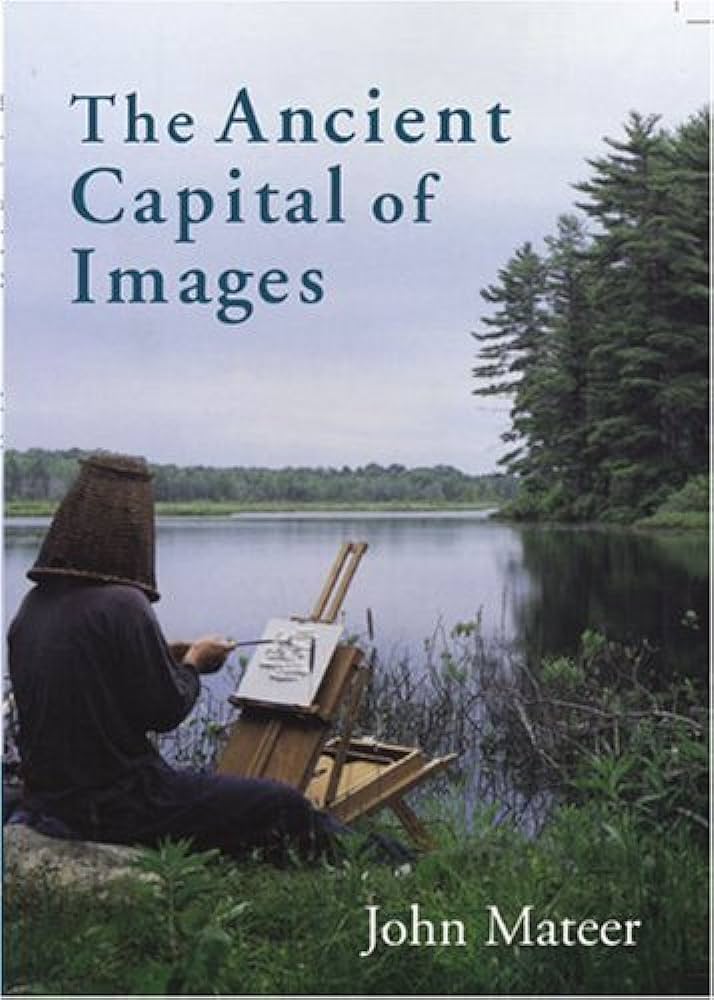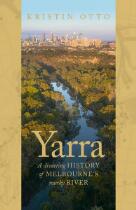Archive
Beyond belief: The British bomb tests: Australia’s veterans speak out by Roger Cross and Avon Hudson
by Wayne Reynolds •
Recognizing Aboriginal Title: The Mabo case and Indigenous resistance to English settler colonialism by Peter H. Russell
by Tim Rowse •
Picturesque Pursuits: Colonial women artists and the amateur tradition by Caroline Jordan
by Sarah Russell Scott •
Making ‘Black Harvest’: Warfare, filmmaking and living dangerously in the highlands of Papua New Guinea by Bob Connolly
by Sarah Kanowski •
The Comic Worlds of Peter Arno, William Steig, Charles Addams, and Saul Steinberg by Iain Topliss
by Robert Phiddian •
The Cinema of Britain and Ireland edited by Brian McFarlane
by Richard Johnstone •
Dating Aphrodite: Modern adventures in the ancient world by Luke Slattery
by Peter Steele •
The Ancient Capital of Images by John Mateer & The Yellow Dress by Yve Louis
by Michael Sariban •
Yarra by Kristin Otto & The Vision Splendid by Richard Waterhouse
by Mark McKenna •


